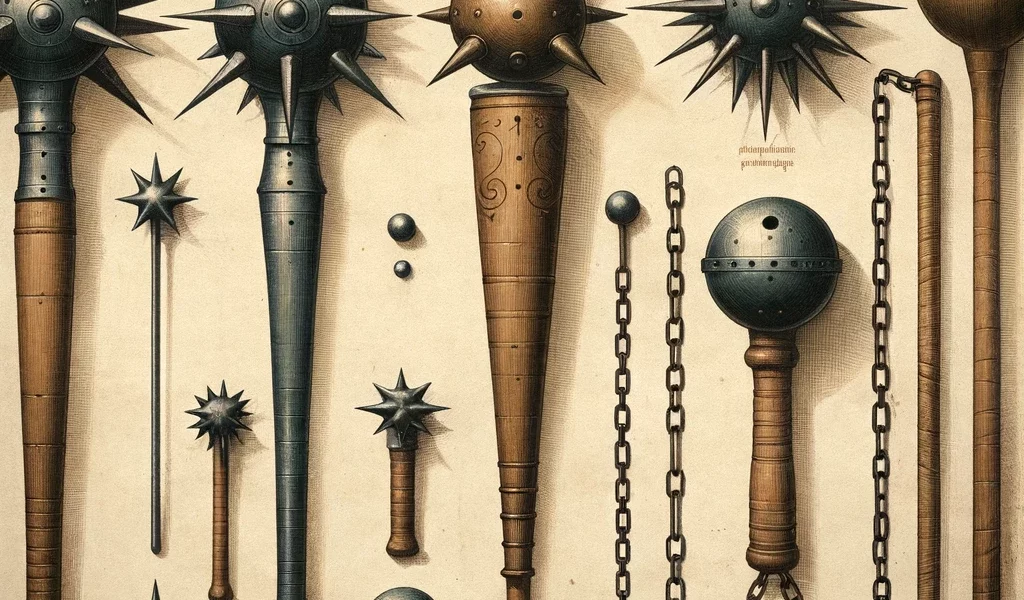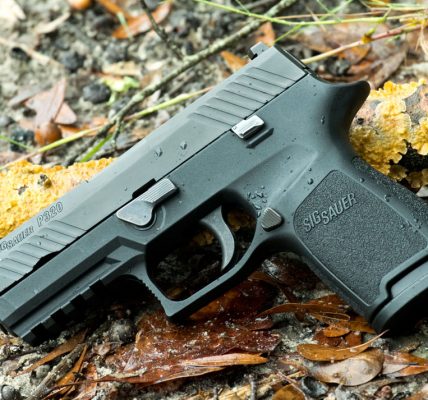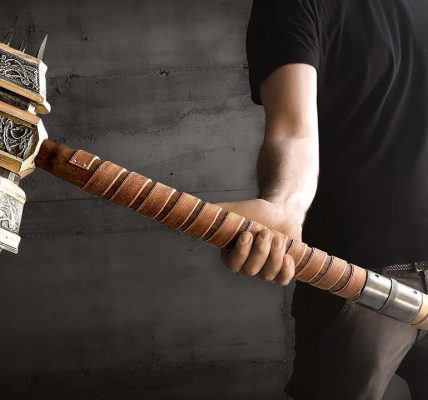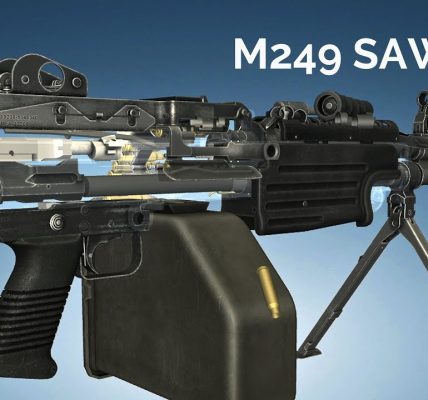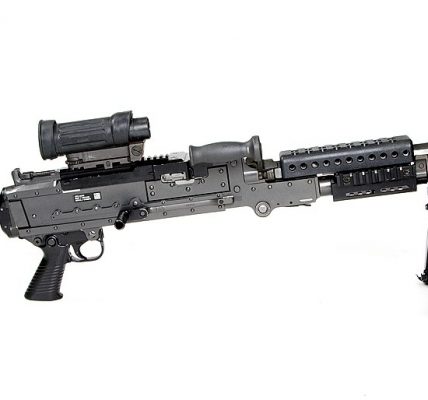Flails, with their heavy heads attached to a chain or rope, have been used as weapons for centuries. Their versatility and effectiveness have made them a popular choice among soldiers and warriors throughout history.
Origins and Evolution
The origins of the flail can be traced back to ancient civilizations, where similar weapons were used for hunting and warfare. During the Middle Ages, the flail evolved into a more standardized weapon with a longer handle and a heavier head.
Types of Flails
There are several types of flails, each with its own unique characteristics:
- Mace and Chain: A flail with a heavy, spiked ball attached to a chain.
- Morningstar: A type of mace with a spiked ball at the end of the handle.
- Flail and Bill: A combination weapon that features a flail head and a billhook-like blade.
Military Use
Flails were primarily used by infantry soldiers, who formed the backbone of medieval armies. They were particularly effective against armored opponents, as the flail’s heavy head could break through even the thickest armor. Flails were also used for crowd control and to break up enemy formations.
Combat Techniques
Flail fighting was a complex and skilled art. Warriors had to master a variety of techniques, including swinging, hooking, and striking. The flail’s versatility allowed it to be used in both offensive and defensive maneuvers.
The Flail in Popular Culture
The flail has been featured in countless works of fiction, including movies, television shows, and video games. It is often associated with medieval knights and warriors, and is seen as a symbol of power and strength.
Modern-Day Use
While the flail is no longer used as a weapon in modern warfare, it remains a popular subject for collectors and enthusiasts. It is also used in historical reenactments and martial arts. The flail’s iconic appearance and historical significance have made it a timeless symbol of medieval warfare.
Would you like to know more about a specific type of flail, its historical use, or its appearance in popular culture?
